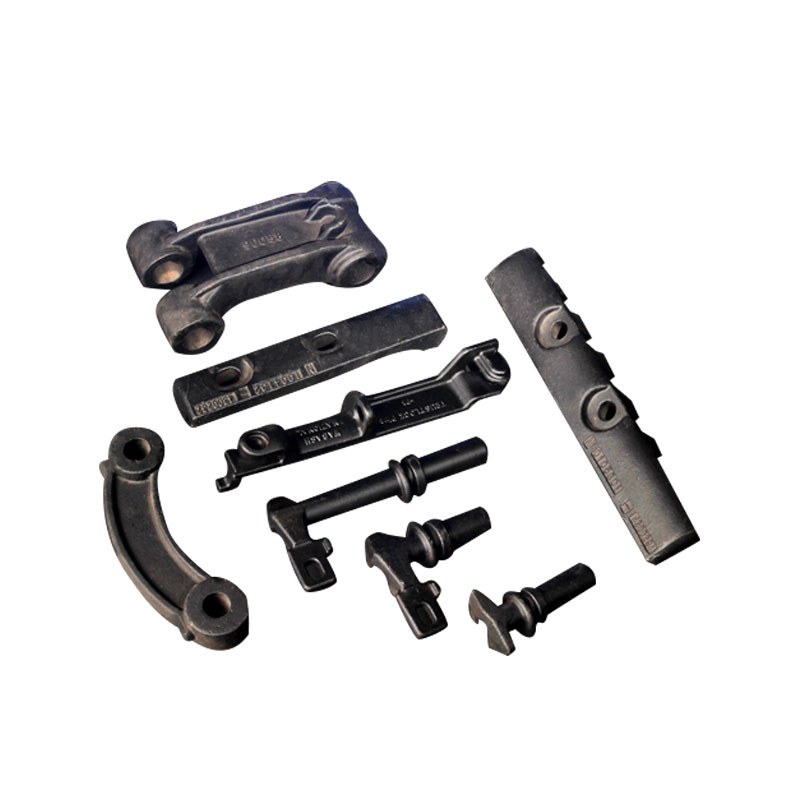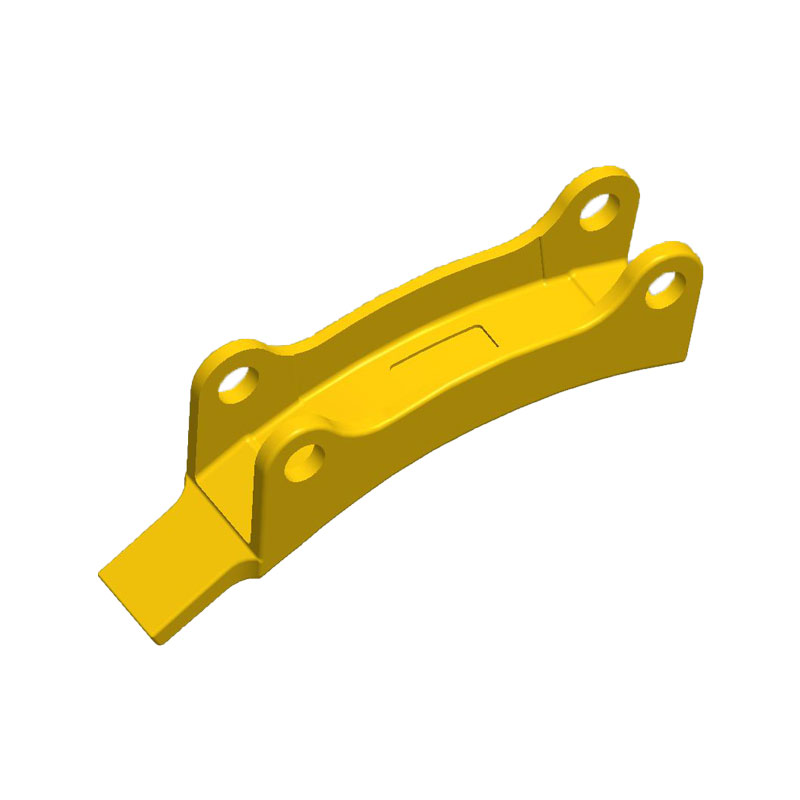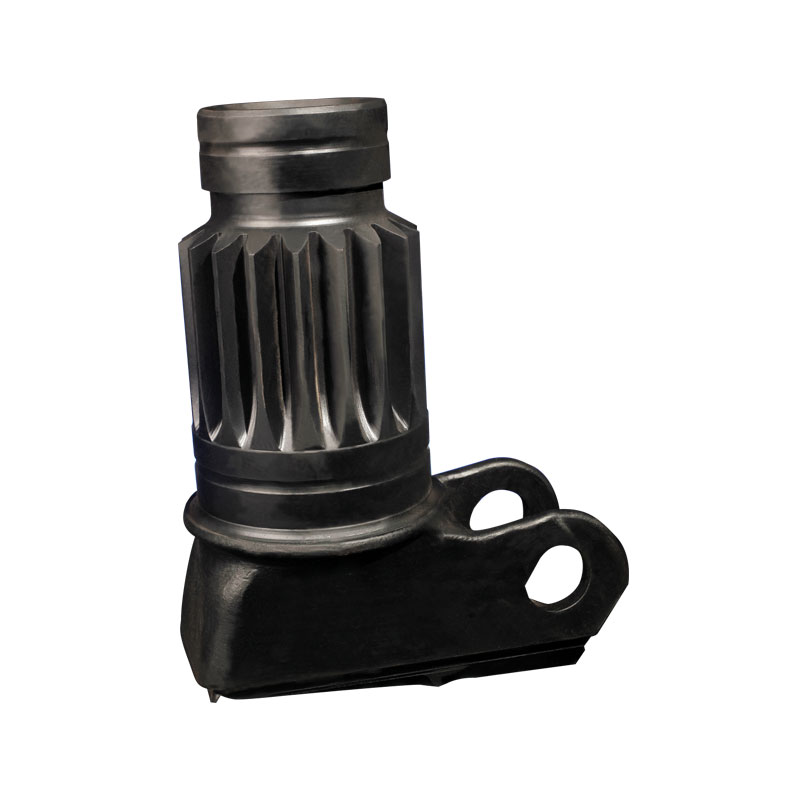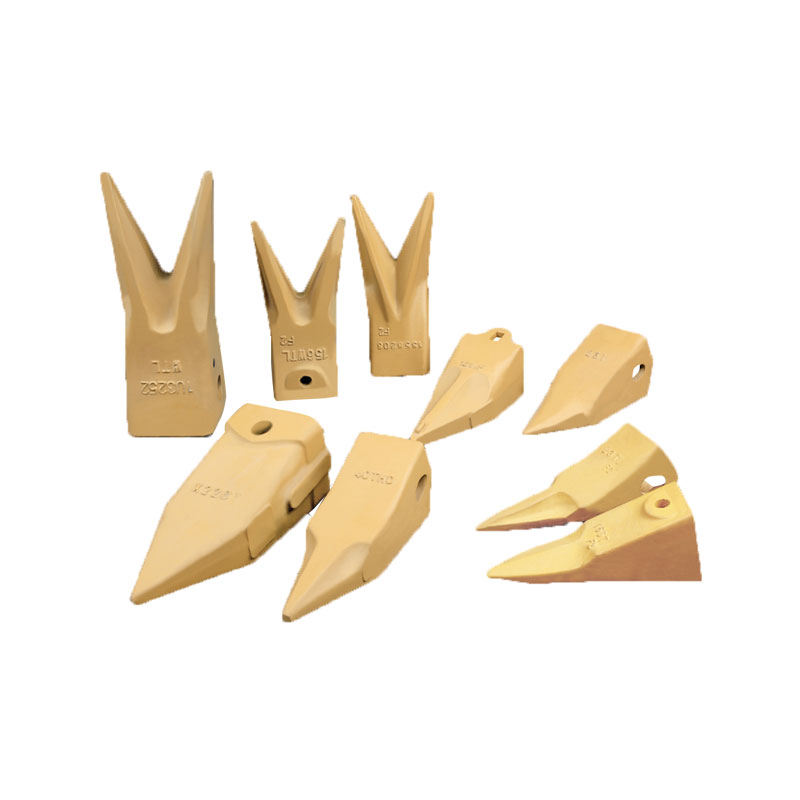Whether you're building a new home or upgrading an exis […]
Whether you're building a new home or upgrading an existing one, you'll want to ensure that you've got a good selection of electric power parts on hand. These include fuses, generators, alternators, and residual-current devices.
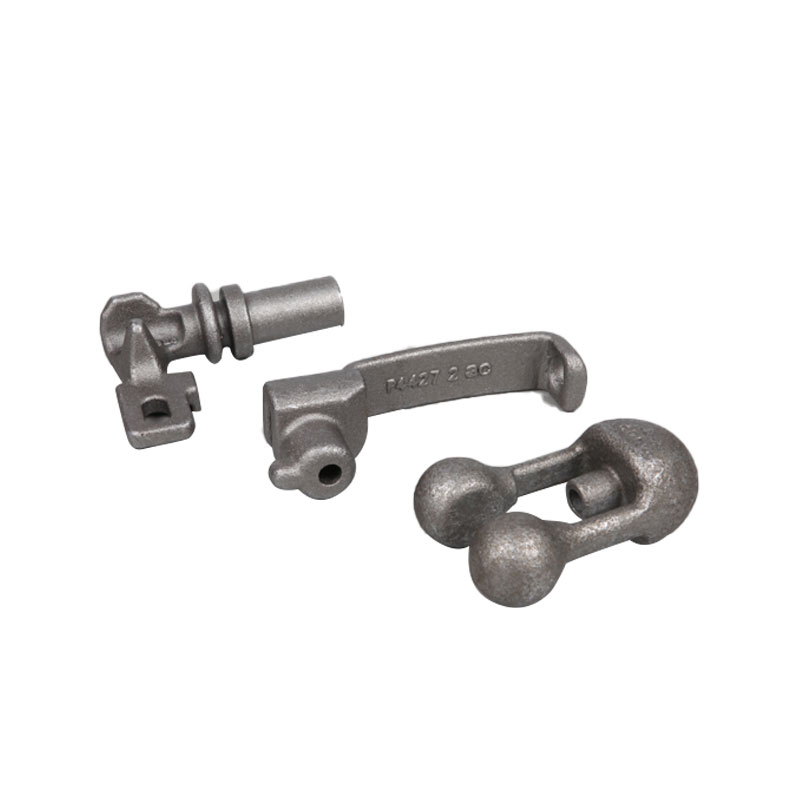
Among the most basic components of an Electric Generator is the alternator. It contains an assembly of moving and stationary parts that produce a rotating magnetic field. It also contains a set of electrical conductors that are wound over an iron core.
An alternator also contains a voltage regulator that converts AC voltage to DC current. This is done to maintain the output voltage.
A cooling system is also needed to prevent overheating. The system also discharges heat produced by the generator. This system should be checked every eight hours to ensure it is working properly. Lubrication is also important to ensure reliability and durability. It should also be changed every 500 hours.
Generally, the alternator is a key part of the vehicle's charging system, providing electricity to many of the electrical components of the car. If the alternator fails, the vehicle may have trouble handling the load. The symptoms include a check engine light, a dashboard warning light, or a sluggish radio.
The alternator is generally comprised of three parts: a rotor, a stator, and a diode. The rotor is an electromagnet that spins inside the stator. Copper wiring inside the stator is subjected to alternating current, which is generated by the rotor's spinning. The alternator's main function is to convert alternating current into direct current.
The stator is a cylinder with a set of magnets around it. It is the source of the alternating current that the alternator produces.
Various Residual-current devices are used in electric power parts for the purposes of protecting people from the dangers of electrical shock, fire, and electricity theft. They detect and interrupt the supply of electricity if an earth fault current flows. They have different designs and are used in different ways.
Residual-current devices can be classified into type A and type B. The type B RCD is used for circuits that are sensitive to higher-frequency currents. They include a time delay function that prevents nuisance tripping. The device is designed to detect and disconnect the circuit in ten to fifty milliseconds after an earth fault current has flowed.
Having thermal breakers for electric power parts in your home will keep you safe and help to prevent stress in your circuit. They will also help to keep your electric bills down. You can also save money by turning off your appliances when you aren't using them.
Thermal circuit breakers are devices that monitor the performance of your system and discriminate between temporary overloads and prolonged overloads. They are comprised of two precious metal contacts. They also have an interconnecting terminals, which helps to keep them in place.
Thermal breakers are ideal for vehicles that draw large current inrushes, such as motors and HID lamps. These breakers can protect your expensive equipment from damage. However, you must be careful when selecting the type of breaker for your home.
Designed to house electrical equipment, electrical power enclosures protect the equipment from the environment and prevent electric shock. They are used in a variety of industries, including process industries, telecommunications, energy, and power.
These enclosures are usually made of metal materials, including stainless steel. The materials used are resistant to corrosion, moisture, and chemical damage. This makes them ideal for applications such as the food industry.
Some manufacturers offer a wide variety of electrical enclosures. These can include floor mount and pole-mounted enclosures. A pole-mounted electrical enclosure is used outdoors, while a floor-mount electrical enclosure is usually used indoors.
Electrical enclosures are available in a variety of materials, including metal, fiberglass, and polycarbonate. Metal is often preferred for its strength and ease of manufacturing. Aluminum and carbon steel are also popular.
Unlike circuit breakers, fuses are electrical power parts that are normally used to protect electronic devices, electrical appliances and motor starters. They are also used in capacitors, transformers, and home distribution boards.
Fuses work by restricting the flow of current to a specific circuit. In this way, they prevent damage from excess current. They are also useful in preventing short-circuits.
Fuses are used in residential and commercial buildings, motor starters, and electronic devices. They are also used in high voltage power distribution networks.
